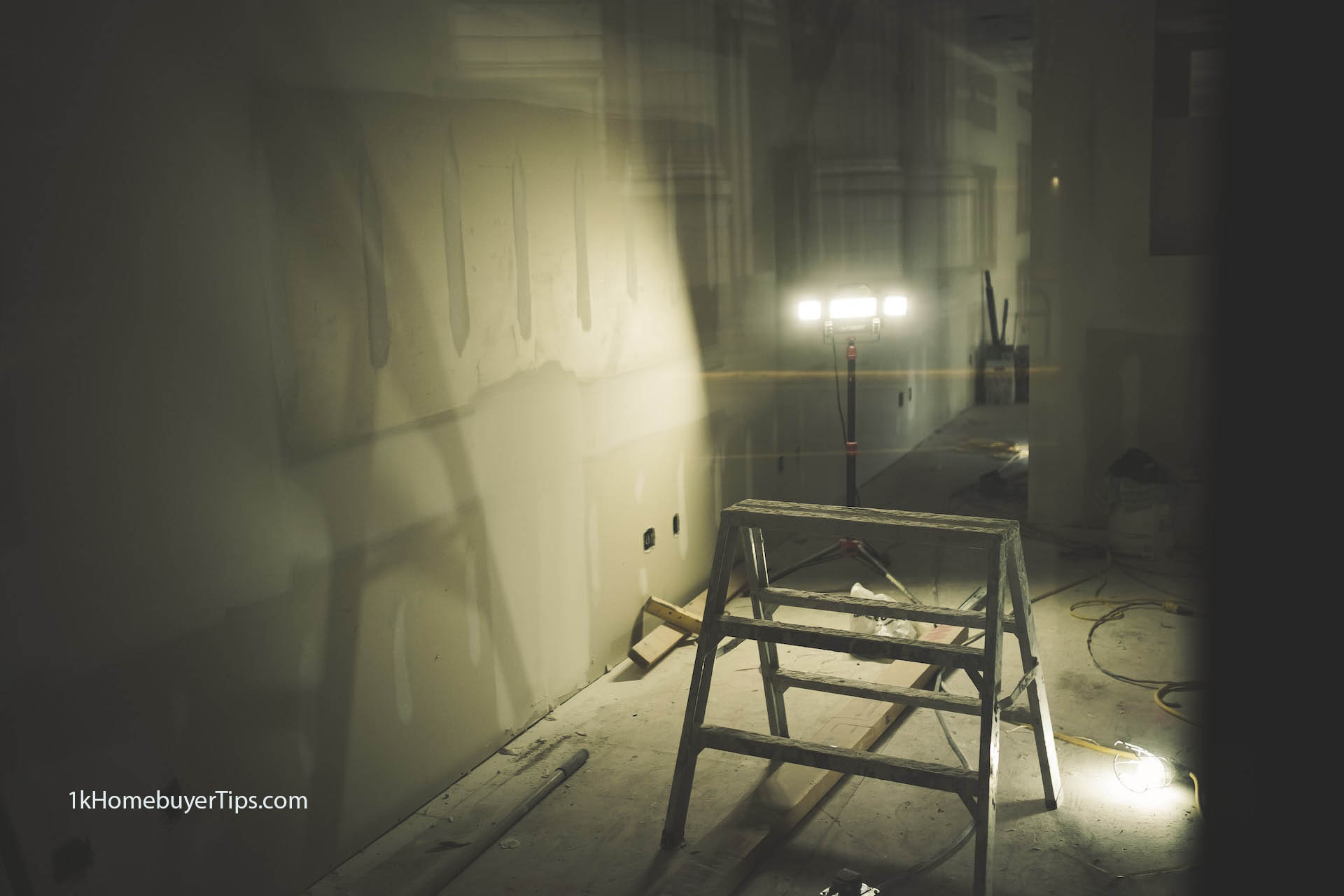Drywall finishing is an important step in drywall construction, and it can be especially challenging for do-it-yourselfers. Getting it right is essential for a professional-looking finish, especially when you are preparing to sell your home.
Drywall is a versatile, cost-effective building material that can be used to create an attractive interior wall surface. However, it is susceptible to sagging and warping which can affect the aesthetics of a finished project.
To avoid these problems, professional drywallers apply a thin layer of joint compound to the surfaces of the drywall and tape it up, as well as to any fasteners like screws or staples that are present in the wall. Once these steps are complete, the drywall is ready for painting or texturing.
Level 1: This is the least-advanced drywall finish, where only a thin coat of compound is applied over the tape and screws and the drywall is sanded after it dries. This level is usually used for walls that will be painted or covered with wallpaper, or for drywall in garages intended to be used as storage space or a workshop.
The next step in drywall finishing is to prefill any joints or gaps between sheets of drywall, such as those created by sagging or warping boards. This prevents the walls from shifting while they dry, and it makes for a smoother finish when you’re ready to apply the final coat of mud.
Use the widest drywall knife trowel you have for this final application, and add a small amount of water to the mud before it’s applied (but never more than the equivalent of one pint of water to a five-gallon bucket of mud). Scrape excess mud away immediately with your taping knife.
If you plan to paint, the sanded mud should be smooth and free of rough tool marks or ridges that can mar the appearance of the walls. It’s possible to achieve a virtually invisible and very smooth finish, but you need to take great care to get this right.
You’ll also need to sand the drywall down at least once more, and this is often called a skim coat. Once the skim coat is dry, you can then paint or cover the wall with a texturizing product to improve its appearance.
Whether you’re a beginner or an expert, drywall finishing can be an extremely difficult and frustrating process for do-it-yourselfers. But with a little patience, you can master this crucial construction skill and end up with a wall that looks just as good as the professional’s.
If you are looking for help from a professional for your drywall finishing, contact me at Laura@1khomebuyertips.com and I will connect you with experts in the area. Thanks.
